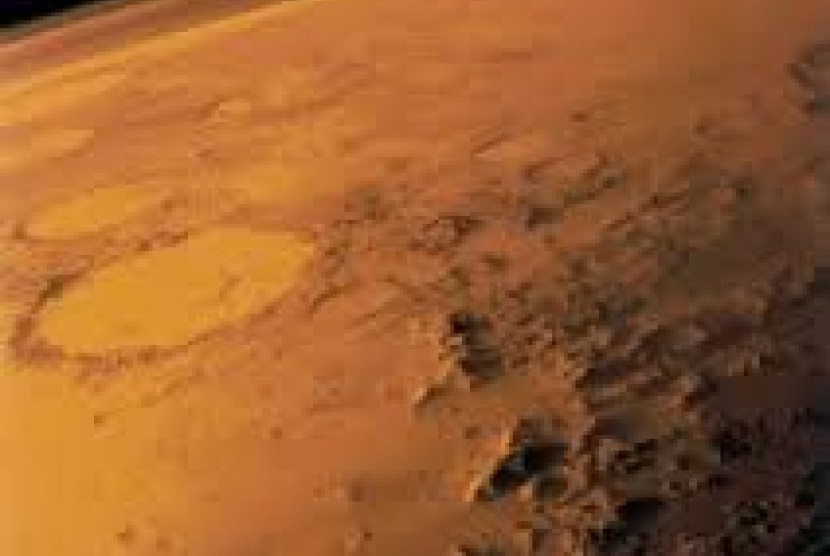An earthquake was recorded in the same area as the big earthquake that occurred in 2019.
REPUBLIKA.CO.ID, WASHINGTON – The American Space Agency (NASA) announced on Thursday (1/4) that InSight lander investigating geological activity on Mars, recently recorded two strong and clear earthquakes. Earthquakes were recorded in the same region where landers previously observed two large earthquakes in 2019.
The findings point to seismically active areas on Mars. It appears dry and lifeless on its surface, but it may be active underground.
“Earthquakes of magnitude 3.3 and 3.1 originated in a region called Cerberus Fossae, which further supports the idea that this site is seismically active,” NASA wrote. Mashable, Sunday (4/4).
The new earthquakes occurred on March 7 and March 18. This earthquake is considered to be a relatively mild earthquake on Earth, but it will definitely make people rumble, depending on how close they are and how deep it is.
Cerberus Fossae is an area on Mars with steep troughs that cut through the ancient volcanic plain. There is evidence of landslides here, with recent boulders that may have dislodged due to repeated shaking.
The InSight lander has recorded more than 500 earthquakes so far (landing in November 2018), suggesting there may indeed be some volcanically active underground Mars, possibly hot molten rock (magma) moving and flowing like on Earth.
Underground magma may even have created a planetary underground lake that was detected beneath the South Pole of Mars in 2018.
“You need a heat source,” Ali Bramson, a scientist at the Lunar and Planetary Laboratory at the University of Arizona, told Mashable in 2019.
“What caused the heat source? “The only thing we can really find is an underground magma chamber which has to be active recently,” he said.
Now is the perfect time to record more Martian earthquakes. On Mars, winters in the north can be very windy, rocking the InSight seismometer and making earthquake detection impossible. But now the wind had died down.
“It’s great fun to once again observe a Martian earthquake after a long period of recording wind noise,” said John Clinton’s seismologist on the InSight team, in a statement.
– .


